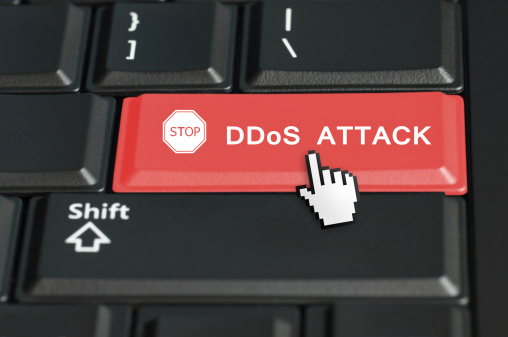


You may have seen the news this morning that we have joined forces with Juniper Networks to provide a comprehensive, always on, DDoS solution. At Verisign, we focus on protecting companies from increasingly complex cyber threats, and this relationship should only raise the bar higher, as it will provide a different, more integrated approach than what’s used today, to help ensure faster and more efficient detection and mitigation.

With the ease of access to the internet and prevalence of social media today, unsuspecting computer users are making it easier than ever for malicious actors to target them with malcode. This trend has helped provide the perfect environment for Distributed Denial of Service (DDoS) attacks to grow in size, complexity and range of targets. Today’s attacks are not limited to web infrastructure; attackers are increasingly targeting the Domain Name System (DNS) infrastructure as well. This trend has been particularly noticeable in the financial industry, which has been hit hard over the last year.

With the holiday shopping season quickly approaching, internet retailers are gearing up for an onslaught of web traffic – which is great, as long as they have the right measures in place to keep their customers safe and satisfied.
Even one hour of downtime due to a website outage or a malicious attack can have significant impact on a retailer’s reputation and revenue, especially during the holidays, a time which the National Retail Federation says can add up to 40 percent of an online retailer’s annual revenue. With some large e-commerce sites earning millions each day during the holiday season, even a few minutes of downtime can lead to financial losses in the tens of thousands of dollars, not to mention customer frustration.

As businesses continue to move critical operations online, distributed denial of service (DDoS) attacks are increasing in frequency, sophistication and range of targets. In a 2011 Verisign study, 63 percent of respondents reported experiencing at least one attack that year, while 51 percent reported revenue loss as a result of downtime from the attack. Those numbers are undoubtedly higher today as the size, frequency and complexity of DDoS attacks continue to grow. Mitigation against these types of attacks is challenging and generally requires layered solutions across data centers and the cloud management. The success of these attacks and their ability to damage a company’s infrastructure, revenue and reputation is indicative that many IT managers still haven’t found the right protection formula to proactively mitigate them.